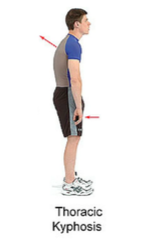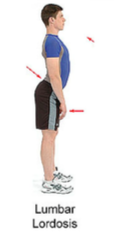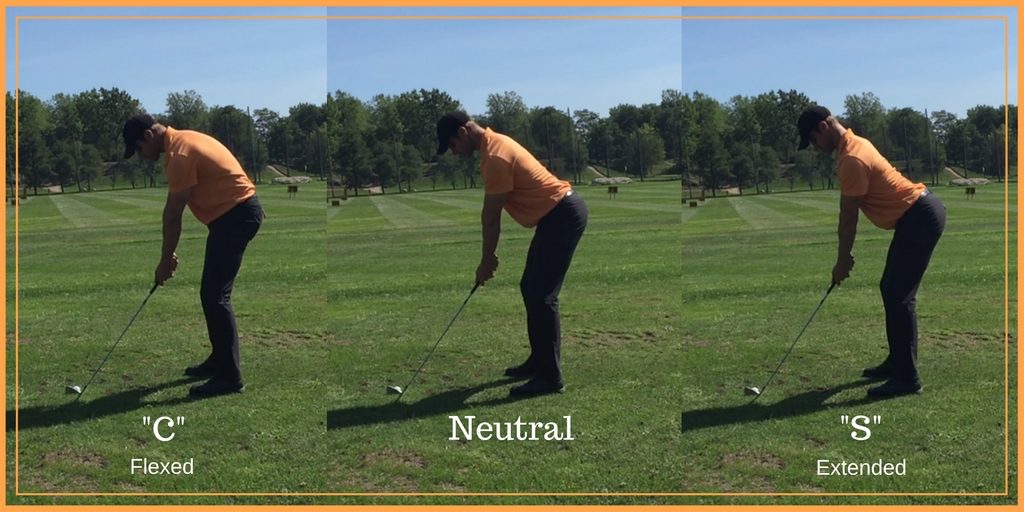The leaves are turning colour, the nights growing cooler, and we’re all squeezing in as much golf as possible before trading in pitching wedges for snow shovels. It’s also time to start thinking about your offseason golf-conditioning program.
The Internet is rampant with information about how to get fit for golf. It can be hard to figure out where to start, let alone which advice pertains to your unique physiological needs. Don’t worry, I have you covered.
“If you are not assessing you’re just guessing.”
-Any Good Strength Coach
Where To Start
A tailored offseason program begins with a proper movement assessment, which offers important information on the state of your body, identifying injuries and other weak links that are stealing yards from your swing. For golfers, it’s necessary to look at one’s hips, thoracic spine and shoulder function, as well as level of core stability.
A common indicator of spine health is posture. You can see this for yourself by simply standing sideways in front of a mirror. Most people fall into two posture categories. Those who sit all day at a desk, or whom may be of advancing age, tend to look something like the “flexed” posture below. For golfers, it’s called the “C” shape.

By contrast, women, young kids and athletes usually exhibit the following “extended” posture, commonly referred to in golf as the “S” shape.

From this visual assessment alone, coaches can quite accurately anticipate how your hips, thoracic spine and shoulders function, and prompt additional, more in depth assessments if required.
Both “flexed” and “extended” postures hinder one’s backswing by preventing their core from generating maximum power. The result is a less impressive swing that leaves yards on the fairway. Who wants that?
In the photo series below, you will find an example of what each posture looks like when in a golf stance.

What You Can Do Now
A good strength coach offers unique drills, exercises and technique cues for each posture, but until you’ve established a relationship, you can start with the following universal drill – the Cat/Camel. I have all my clients (not just athletes) perform this drill daily because it is so important. It’s great for creating awareness and control of the spine, which are absolutely necessary for a successful golf swing.
Each day, complete 5-6 repetitions of the Cat/Camel Spine Segmentation Drill.
Credit to Andreo Spina of Functional Range Conditioning
LIKE FREE STUFF?
Want to prevent injury and increase performance? Research states that a proper warmup before playing golf can add up to 45 yards to your driver. Can you afford not to?

